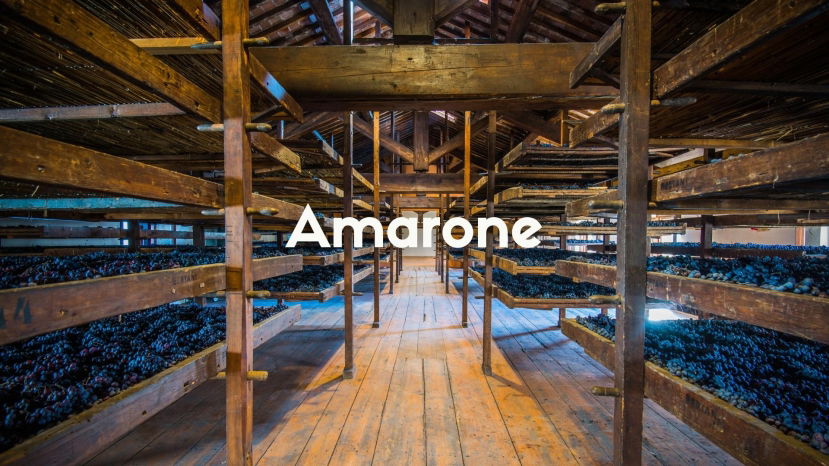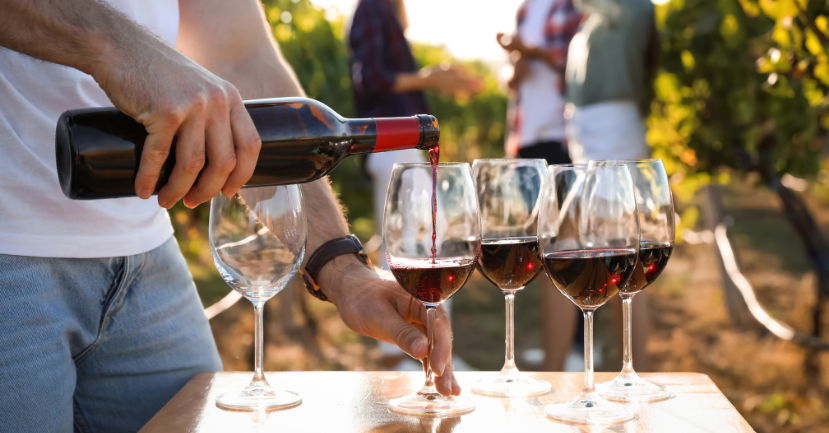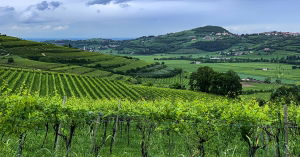BLOG
Amarone
Summary: The technique of allowing grapes to dry out and shrivel up after harvest and before vinification is an ancient one that dates back to the early stages of serious wine-making in places like Mesopotamia, Greece and Italy via the Ancient Romans. And nowhere else in the world is this practice as alive and well today as it is in Italy. In this session we’ll investigate the early
Summary: Amarone relies on one of the world’s oldest winemaking techniques which results in some of the world’s most delicious wine. Through a combination of natural factors and human intervention the indigenous Corvina grape and cast of supporting varieties gives us several different styles of Amarone. Join Valpolicella wine specialist Deborah Parker Wong for a webinar that reveals
The best way to make sense of Italian red wines is to simply start tasting them. Italy offers the perfect red wine for every occasion—from pizza on Monday to roast beef with the in-laws on Sunday. Many of Italy's best red wines are labeled with the name of the wine appellation, often combined with the grape variety. If you've ever felt wholly overwhelmed while browsing an Italian wine section, knowing just a few key wine names will help keep your shopping trip focused and ensure that you have the perfect wine to drink at a moment's notice.
The wines of Valpolicella dance across the tongue with the same lift and loveliness as the name itself. Ideal with humble pastas as well as lighter red meats and game birds, it is well-suited to the table. As the more modest bottling of the Valpolicella region, it is largely (and unfairly) overlooked among Italian reds these days. Valpolicella is the so-called “everyday” red wine of the eponymous production zone that is situated just north of the city of Verona, and extends west and east of the city. Other reds here include the iconic Amarone della Valpolicella as well as Ripasso, a wine made via a method of refermentation and remaceration, in which a Valpolicella is “repassed” over the skins of grapes used for Amarone.




